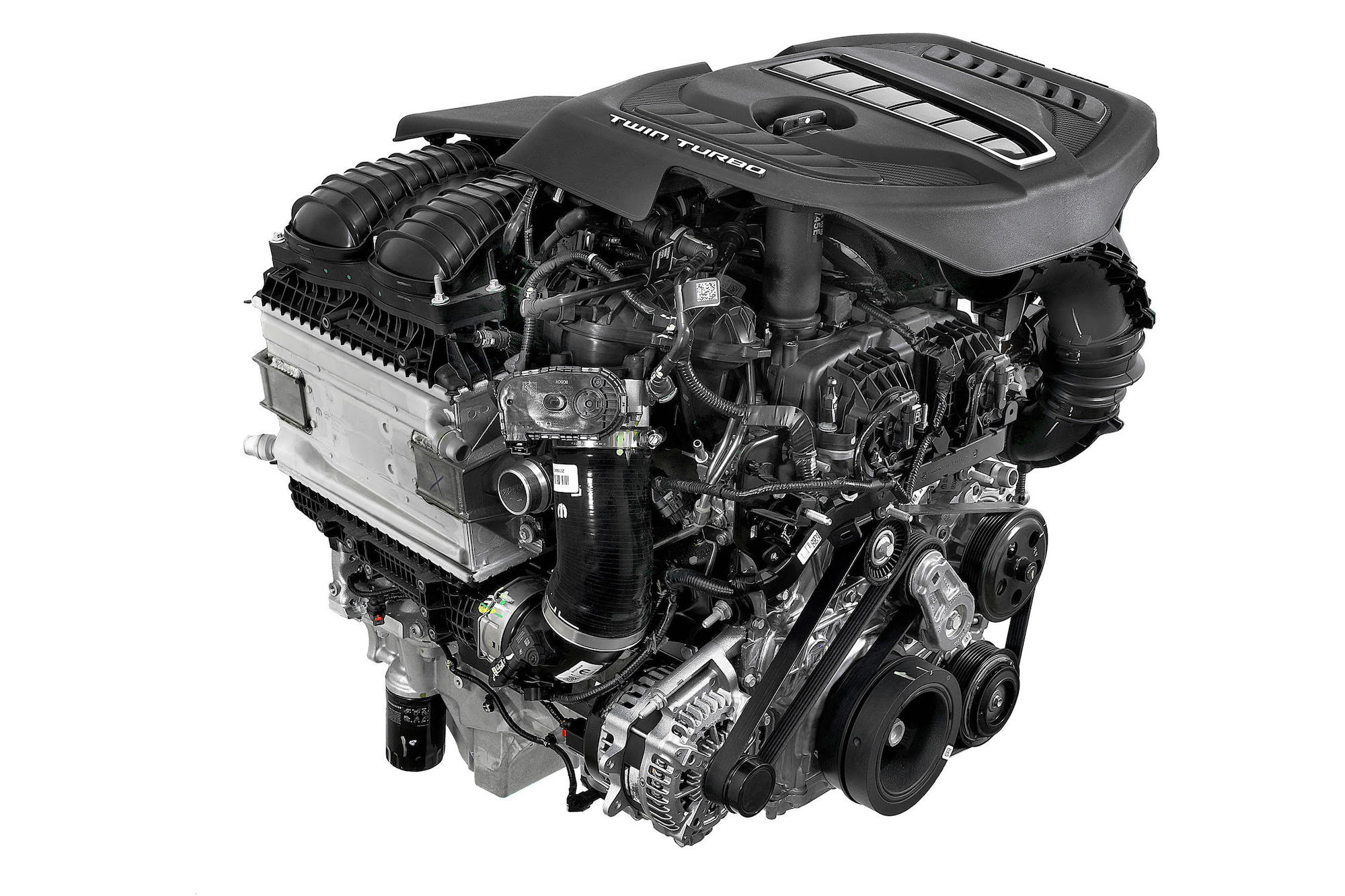The Pursuit for Ultimate Driving Power: Examining the Peak of Engine Efficiency and Technological Developments in the Automotive Sector
In the realm of auto design, the pursuit of maximum driving power has been a relentless mission that has actually unfolded with the evolution of engine design and the combination of innovative technologies. From the thorough workmanship of burning engines to the quick innovations in electric propulsion systems, the automotive market stands at the cusp of a new age characterized by unprecedented efficiency capacities.
Development of Engine Layout

In addition, the assimilation of turbocharging and supercharging technologies has revolutionized engine design by improving power without dramatically increasing engine size. These forced induction systems compress the consumption air, enabling more gas to be combusted, thus creating better power outcome from a smaller sized engine. This improvement has actually been particularly essential in boosting the efficiency of smaller sized displacement engines while maintaining gas effectiveness standards.

Performance-Enhancing Fuel Technologies
The execution of advanced gas technologies has significantly contributed to boosting engine performance in contemporary vehicles. Biofuels, obtained from eco-friendly sources like corn, sugarcane, or algae, offer reduced discharges and enhanced engine performance. Additionally, gas additives and cleaning agents are being formulated to tidy engine components, enhance burning, and decrease friction, consequently increasing overall automobile performance.
Improvements in Electric Propulsion
Substantial strides in electrical propulsion technology have reinvented the auto market, leading the means for a new age of effective and lasting transport. Electric cars (EVs) are obtaining popularity due to their environmental advantages and advancements in battery technology, allowing longer driving varieties and shorter charging times. Producers are spending heavily in research study and advancement to improve the performance of electric propulsion systems, focusing on increasing power output, improving energy efficiency, and reducing total weight.
One notable breakthrough in electric propulsion is the development of advanced electrical motors that supply greater torque and power thickness, leading to improved velocity and general driving performance. Additionally, regenerative stopping systems have actually been fine-tuned to save and capture power during slowdown, additional increasing the efficiency of EVs.
In addition, the combination of smart technologies, such as expert system and anticipating analytics, is enhancing the monitoring of electrical propulsion systems, ensuring optimum performance under numerous driving conditions. These advancements in electric propulsion are improving the vehicle landscape, driving the industry in the direction of a more lasting and electrified future.
Influence of Computational Fluid Characteristics
With developments in electrical propulsion pressing the limits of automobile modern technology, the combination of Computational Liquid Dynamics is playing a pivotal duty in enhancing aerodynamic efficiency and enhancing overall performance in car design. Computational Liquid Characteristics (CFD) includes using computer system simulations to evaluate the circulation of air around an automobile, enabling engineers to forecast exactly how layout modifications will certainly impact the rules of aerodynamics without the need for expensive physical models. By precisely modeling airflow patterns, CFD enables the refinement of automobile forms to reduce drag, enhance air conditioning, and enhance stability.
One key benefit of using CFD in car design is the capability to repeat quickly, exploring many layout variations to recognize the most aerodynamically reliable services. This iterative procedure causes vehicles that are not only sleeker and much more aesthetically enticing but also a lot more fuel-efficient and eco-friendly. CFD makes it possible for engineers to maximize air movement around parts such as radiators, engine bays, and wheel wells, adding to improved performance and general driving experience. In verdict, the assimilation of Computational Liquid Dynamics stands for a considerable progression in the mission for best driving power and effectiveness in the automotive industry.
Future Fads in Engine Advancement
In the vibrant landscape of vehicle engineering, cutting-edge advancements are forming the future trajectory of engine development. The future of engine design is noted by a strong focus on performance, sustainability, and performance. Makers are progressively concentrating on creating engines that not only supply high power outcomes yet likewise focus on environmental duty by decreasing emissions and improving fuel performance.
One famous trend in engine advancement is the surge of electrification. Hybrid and electrical powertrains check my blog are acquiring grip as practical choices to conventional burning engines. These technologies use the possibility for considerable reductions in carbon exhausts and raised energy performance, aligning with worldwide initiatives to battle climate change.
Moreover, advancements in materials science and production methods are making it possible for the production of lighter and more long lasting engine parts. This change in the direction of light-weight products such as carbon fiber and light weight aluminum alloys adds to improved performance and fuel economic climate.
Final Thought
To conclude, the search of best driving power in the automotive sector continues to drive advancements in engine design, fuel technologies, electric propulsion, and computational liquid dynamics. The evolution of these technologies is forming the future of engine advancement, leading the method for a lot more powerful and efficient vehicles (engines for africa). As the industry continues to press the boundaries of what is feasible, we can anticipate to see a lot more innovative growths in the pursuit for peak efficiency
One of the vital landmarks in engine design advancement is the change from traditional carbureted engines to modern fuel-injected systems. By specifically metering the gas distribution to each cyndrical tube, fuel-injected engines maximize combustion, resulting in better performance and decreased environmental effect.
Moreover, have a peek at this site the combination of turbocharging and turbo charging technologies has revolutionized engine design by additional info increasing power without substantially boosting engine size (engines for africa).The application of advanced fuel technologies has actually dramatically added to improving engine efficiency in modern-day automobiles. Furthermore, fuel ingredients and detergents are being formulated to clean engine components, enhance combustion, and reduce rubbing, consequently increasing total lorry efficiency